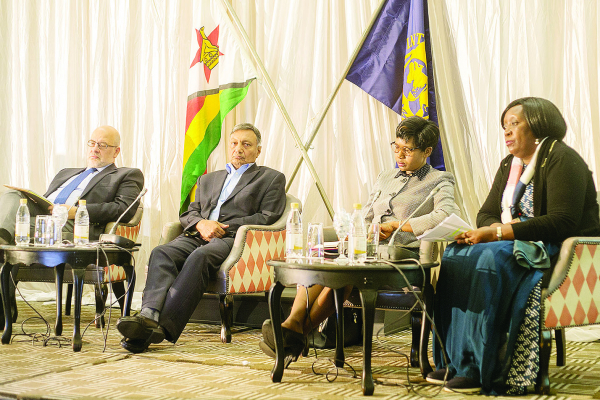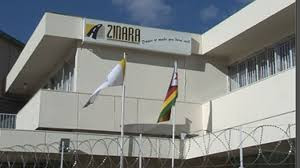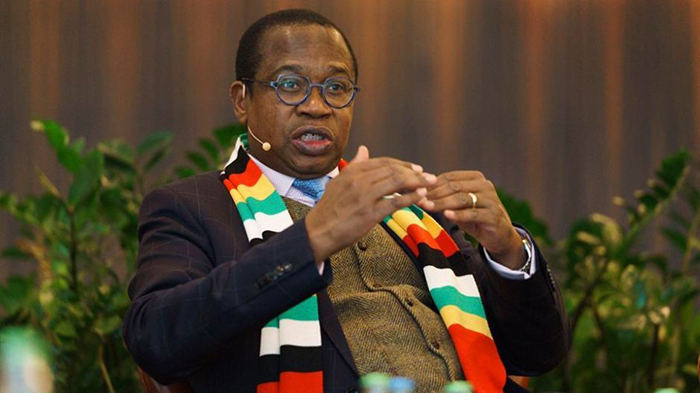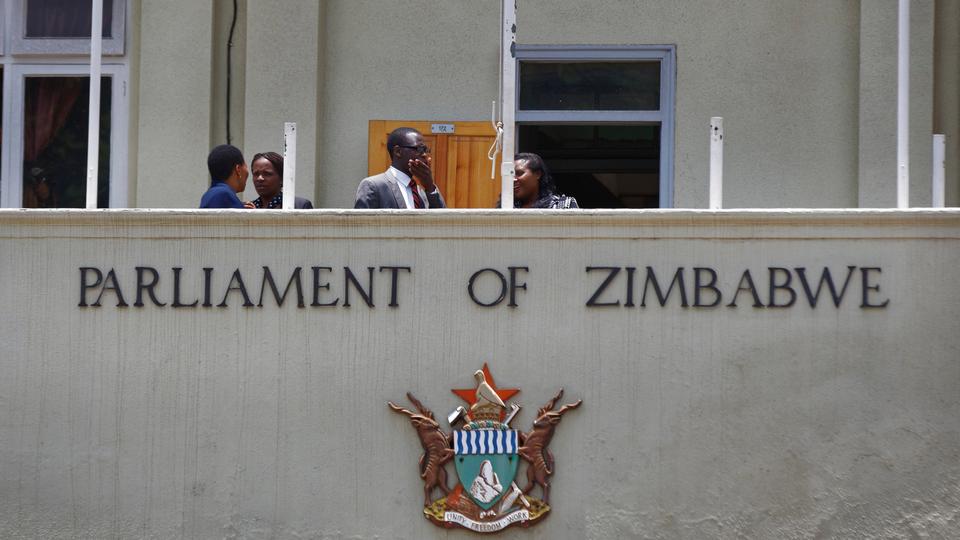
THE International Monetary Fund (IMF) predicts Zimbabwe’s inflation to quicken, in light of the recent price increments and high premiums on the parallel market.
BY TATIRA ZWINOIRA
This comes as the IMF has listed Zimbabwe as one of the 20 countries in a “fragile situation” due to fiscal challenges in a regional Economic Outlook for sub-Saharan Africa 2017 report which was launched yesterday in Harare.
“Our projections for inflation earlier in the year would have suggested for inflation to be low single digits, but in light of developments more recently, including the injection of additionally liquidity inflation will be higher. We have not done the whole macro-economic framework, so I hesitate what the inflation number will be, but I think you know it is important to step back and look at what we see and think are the challenges in Zimbabwe,” IMF director of the African Department Abebe Aemro Selassie, at a Press conference after the launch of the report, said.
“I think they [challenges] are twofold, first and foremost are the constraints on a more vibrant private sector activity. It is not so long ago that Zimbabwe had one of the more dynamic private sectors in the region. The manufacturing sector here, was the envy of many countries so the question really is how we go back to that environment that facilitates a lot of dynamism in the private sector.”
He said the other challenge was the fiscal policy failing to absorb all the liquidity particularly in regards to the monetary policy, which was now constraining bank balance sheets, as evidenced by the financial institutions increasing their Treasury Bills (TBs) stock.
The warning by Selassie comes after American scholar and economist Steve Hanke pegged inflation at 348%, blaming it on “the New Zimbabwe dollar [bond note]” which “is rapidly becoming worthless”.
However, local economists have dismissed that figure and put it at about 20%.
- Chamisa under fire over US$120K donation
- Mavhunga puts DeMbare into Chibuku quarterfinals
- Pension funds bet on Cabora Bassa oilfields
- Councils defy govt fire tender directive
Keep Reading
The figure is more than the Zimstat’s year annual inflation number of 0,78% in September.
In a report after the IMF 2017 Article IV Consultations, the Fund warned the growth in real time gross settlement (RTGS) balances and parallel market premiums, spurred on by the injection of bond notes, would increase inflation.
RTGS balances, as of August, stood at $5,33 billion against cash in circulation of under $200 million, way below the required 40 to 50% cash needed to support those balances, even if the $600 million nostro stabilisation facility was factored in.
Parallel market premiums have grown to between 30 and 50% which has pushed basic commodity prices up. Businesses say they get 25% of their foreign currency needs on the parallel market.
In the IMF report, the annual average consumer prices are expected to close the year at 2,5% and will increase to 9,5% at the end of next year thereby increasing inflation.
Conversely, looking at the change in consumer prices at the end of the annual period, consumer prices are expected to close 7% and 10% higher at the end of the year and next year, respectively.
The fiscal challenges include the public debt of $11,6 billion, $2,5 billion worth of TBs being increasingly taken by banks, thus exposing them to risk and the wage bill chewing 90% of the budget.
IMF predicted the gross domestic product to drop 2% to 0,8% in 2018 from a current 2017 trajectory of 2,8%.
Meanwhile, IMF country representative Christian Beddies said talks on Lima negotiations are “painfully slow”.











